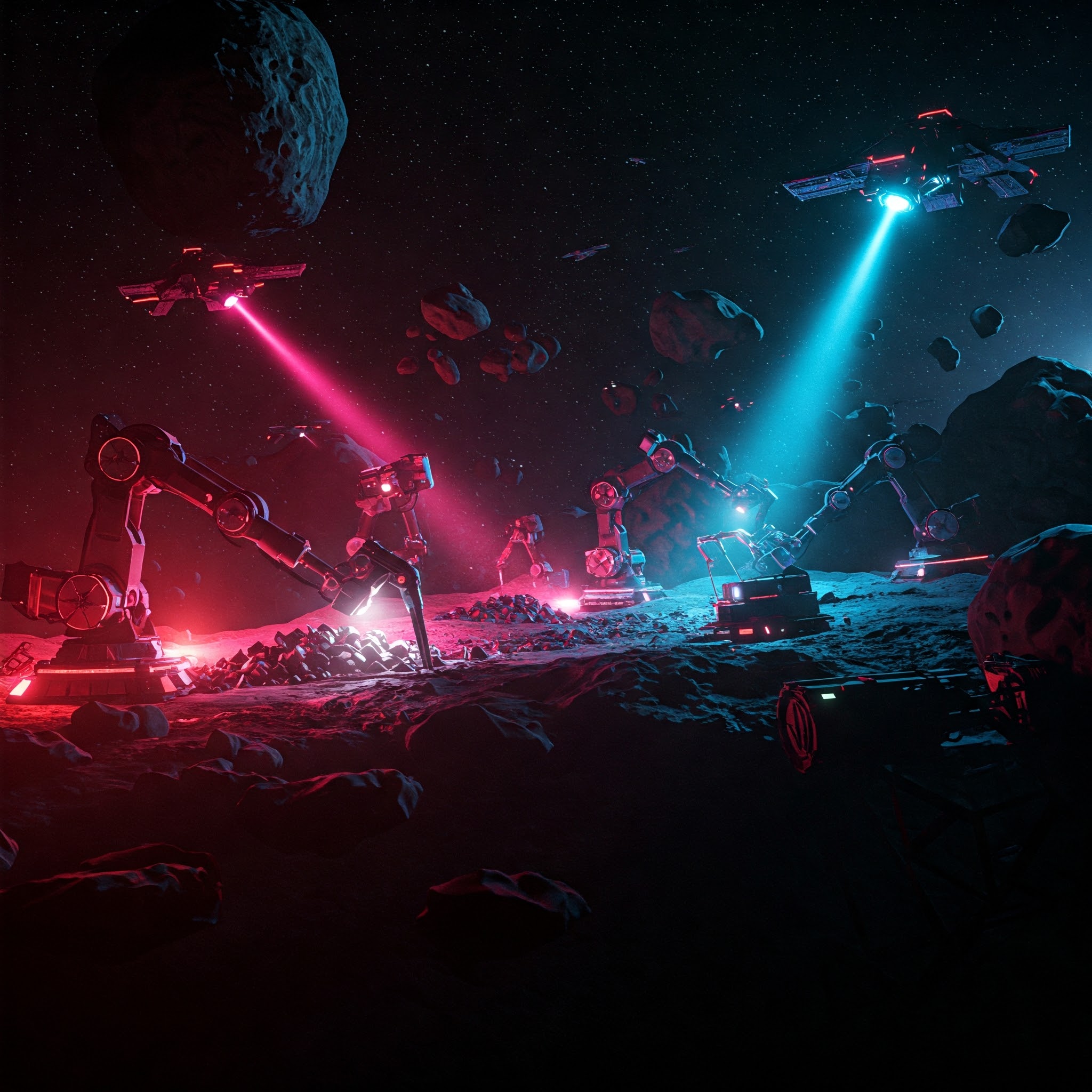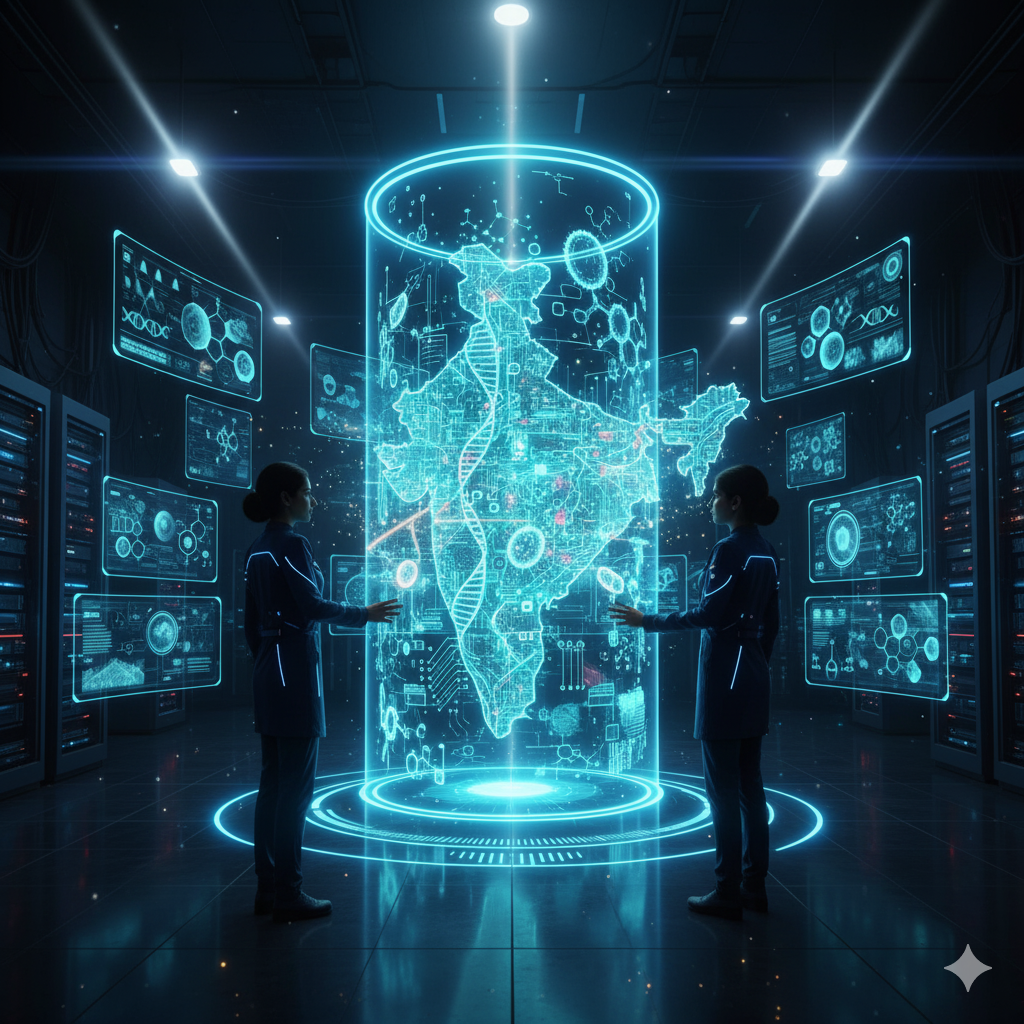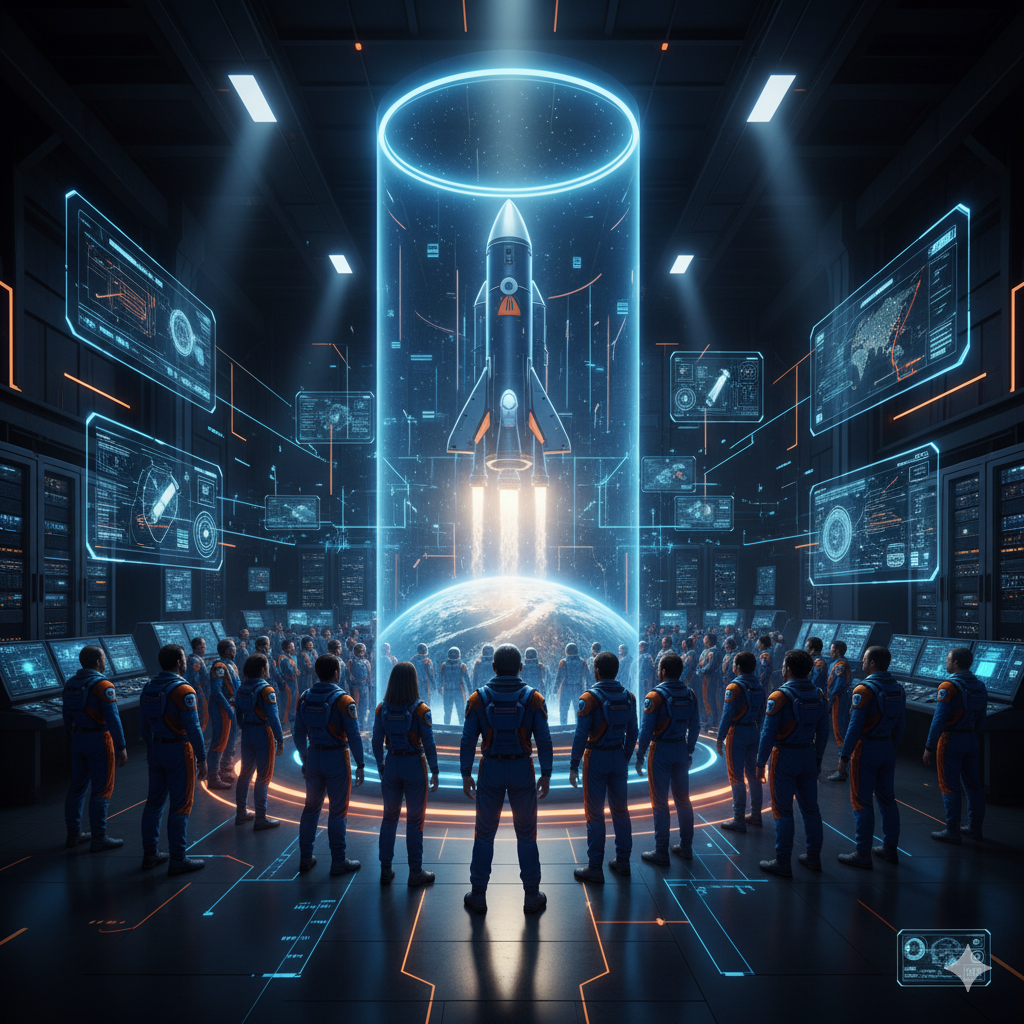Introduction: A New Frontier in Space Exploration
As humanity extends its reach into the solar system, a once-fictional idea is rapidly becoming a scientific possibility—asteroid mining. The concept refers to the extraction of valuable minerals, metals, and volatiles from asteroids, small rocky bodies orbiting the Sun. While once the realm of science fiction, asteroid mining is now being seriously considered by governments, space agencies, and private enterprises alike. The enormous potential for resource acquisition from asteroids could reshape the global economy, ensure long-term sustainability of space missions, and reduce Earth’s dependence on finite terrestrial resources.
What Is Asteroid Mining?
Asteroid mining is the process of prospecting, extracting, and potentially refining materials from asteroids in space. These bodies may contain:
- Water ice (for drinking or converting to rocket fuel)
- Precious metals such as platinum, rhodium, and gold
- Industrial metals like nickel, iron, and cobalt
- Silicates and carbon compounds for manufacturing or construction
Asteroid mining involves a combination of robotics, spacecraft, AI, and automation technologies to identify, reach, and mine these celestial bodies. Some mined resources may be sent back to Earth, while others can be used directly in space for life support, fuel, and construction.
Types of Asteroids and Their Composition
Asteroids are classified based on their composition and reflectivity. The three primary types are:
1. C-type (Carbonaceous)
- Make up ~75% of known asteroids.
- Rich in carbon, water, and organic compounds.
- Ideal for water extraction to produce fuel (via electrolysis of H2O to hydrogen and oxygen).
2. S-type (Silicaceous)
- Composed mainly of silicate rock and metals like nickel and iron.
- May contain precious metals in smaller quantities.
3. M-type (Metallic)
- Contain higher concentrations of metals like platinum, gold, cobalt, and iron.
- Thought to be the remnants of the cores of larger bodies.
- Prime candidates for mining precious and industrial metals.
Where Are the Minable Asteroids Located?
1. Near-Earth Asteroids (NEAs)
- Located within 1.3 astronomical units (AU) of Earth.
- Easier to reach and return from.
- Ideal for early mining missions due to lower fuel requirements.
2. Main Asteroid Belt
- Located between Mars and Jupiter.
- Contains millions of asteroids.
- Rich resource potential but higher energy requirements for access.
3. Trojan Asteroids
- Share orbits with planets like Jupiter.
- More distant and technically challenging to access.
Technologies Required for Asteroid Mining
Mining in space involves unique technological challenges, especially in microgravity and harsh environments. Key enabling technologies include:
1. Space Prospecting and Exploration
- Use of robotic spacecraft equipped with sensors, spectrometers, and radar to identify and characterize asteroids.
- Example: NASA’s OSIRIS-REx mission collected samples from asteroid Bennu.
2. Robotic Mining Equipment
- Automated or remotely operated drills, scoops, lasers, and grinders.
- Must function in low-gravity environments without anchoring to the surface.
3. Material Processing
- Techniques to extract and refine resources in space.
- Includes heating regolith to release water or using electromagnetic separation for metals.
4. Transportation Systems
- Spacecraft capable of transporting mined materials to orbital stations, Earth, or lunar outposts.
- Use of ion propulsion and solar electric engines for fuel efficiency.
5. In-Situ Resource Utilization (ISRU)
- Using resources mined in space for immediate use, such as fuel, water, or construction materials for space habitats.
Potential Benefits of Asteroid Mining
1. Economic Value
- Some asteroids contain trillions of dollars worth of platinum-group metals (PGMs).
- Could disrupt and stabilize global metal markets.
2. Space Mission Sustainability
- Water and oxygen extracted from asteroids could sustain long-term space missions.
- Enables the creation of fuel depots in space, reducing the need to launch heavy supplies from Earth.
3. Environmental Relief on Earth
- Reduces the need for Earth-based mining, which is often destructive and energy-intensive.
- Limits deforestation, toxic runoff, and habitat loss.
4. Strategic Advantage
- Nations and companies that control asteroid mining could gain economic and technological dominance in space infrastructure.
Major Players in Asteroid Mining
1. NASA
- Missions like Psyche, launching in 2023 to study a metallic asteroid.
- Developing technologies for ISRU and planetary defense.
2. European Space Agency (ESA)
- Involved in missions to test asteroid redirection and exploration.
3. Private Companies
- Planetary Resources and Deep Space Industries (now defunct) pioneered early asteroid mining concepts.
- TransAstra, OffWorld, and AstroForge are newer startups developing mining spacecraft.
4. ISRO and Other National Agencies
- India and other emerging space nations are beginning to study asteroid mining as part of their long-term exploration goals.
Challenges and Risks
Despite the vast potential, asteroid mining is fraught with technical, legal, and ethical challenges.
1. Technological Hurdles
- Safe landing and anchoring on an asteroid is extremely difficult due to low gravity.
- Robotic mining systems must be highly autonomous due to communication delays.
- Reliable methods for refining and transporting materials are still under development.
2. High Initial Costs
- Designing, launching, and operating space mining missions requires billions of dollars in upfront investment.
- ROI (Return on Investment) may take decades to realize.
3. Space Debris and Environmental Impact
- Improperly controlled mining operations could create space debris, increasing collision risks.
4. Legal and Ethical Issues
- The Outer Space Treaty (1967) prohibits national appropriation of celestial bodies, but is vague on commercial exploitation.
- Recent national laws (like the U.S. Commercial Space Launch Competitiveness Act 2015) permit companies to claim resources, but lack international consensus.
- Raises ethical questions about privatization of space and access inequality.
Asteroid Mining vs. Lunar and Martian Mining
While asteroid mining is often compared to mining the Moon or Mars, it offers unique advantages:
| Factor | Asteroid Mining | Lunar Mining | Martian Mining |
|---|---|---|---|
| Gravity | Microgravity | 1/6th of Earth | 1/3rd of Earth |
| Accessibility | Easier for NEAs | Close to Earth | Farther and complex |
| Resource Diversity | Water, metals, volatiles | Regolith, ice, helium-3 | Water, iron, silicates |
| Mission Complexity | Remote and robotic | Base-building possible | Requires human settlement |
In summary, asteroid mining is more suitable for early resource extraction, while the Moon and Mars are better for long-term habitation and resource use.
The Future of Asteroid Mining
1. Development Timeline
- 2020s: Continued prospecting missions, robotic demos, and public-private collaboration.
- 2030s: First practical mining missions targeting NEAs.
- 2040s–2050s: Expansion to main belt asteroids and establishment of orbital processing stations.
2. Economic Ecosystem
Asteroid mining may give rise to a new space-based economy involving:
- Spaceports and logistics hubs
- In-orbit manufacturing using mined materials
- Fuel stations near Earth and Mars
- Construction of space habitats from regolith-derived building blocks
3. International Cooperation and Regulation
To prevent conflict and resource monopolization, future asteroid mining will require:
- A clear international legal framework
- Space mining codes of conduct
- Agreements on benefit-sharing and environmental standards
4. Integration with Other Technologies
- 3D Printing: Use of asteroid materials to print parts in space.
- AI and Robotics: Autonomous systems for deep-space operations.
- Quantum Communications: Secure control of mining operations across vast distances.
Conclusion: Humanity’s Next Gold Rush
Asteroid mining represents more than a technological feat—it is a leap toward a self-sustaining spacefaring civilization. By harnessing the vast resources of our solar system, we can unlock new economic opportunities, preserve Earth’s environment, and enable deeper space exploration.
While significant challenges remain, the progress in robotics, AI, and space propulsion is bringing asteroid mining closer to reality. As we look toward the Moon, Mars, and beyond, asteroids may become stepping stones—both figuratively and literally—in humanity’s journey to the stars.




